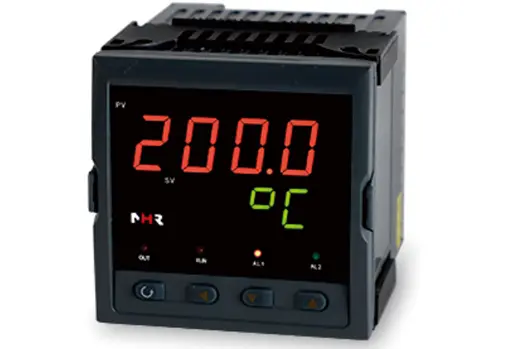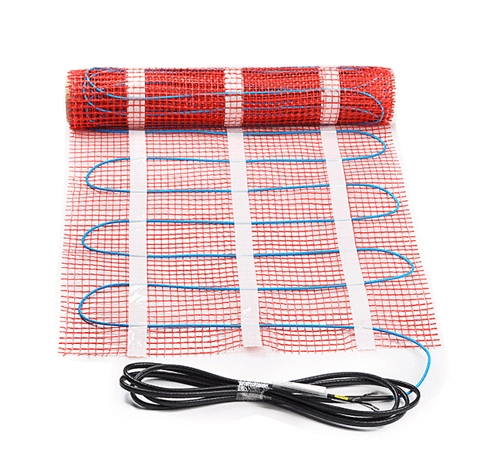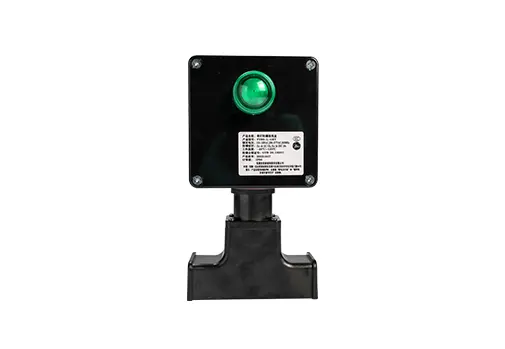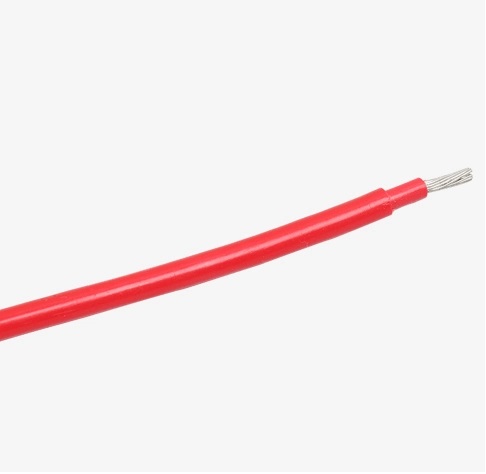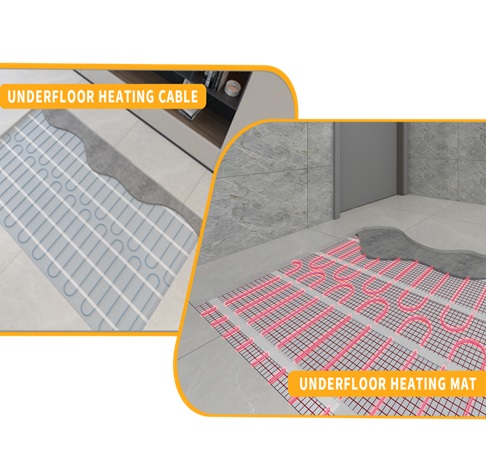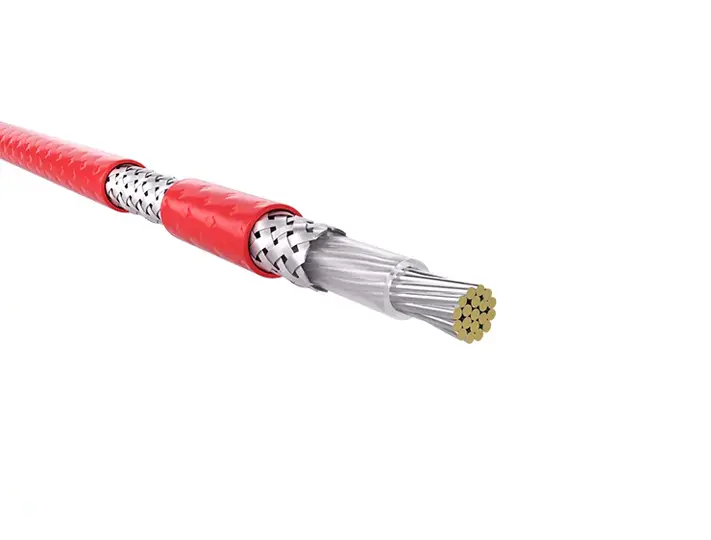Living in an area with heavy snow or extreme cold can present challenges for homeowners with metal roofs. Ice and snow accumulation can lead to roof damage, safety hazards, and expensive repairs. Installing metal roof heat cables is an effective solution to prevent these problems and maintain a safe and comfortable living environment.
Why install heat tape on metal roof?
Metal roofs are prone to snow and ice accumulation due to their smooth surface and low thermal resistance. The weight of ice and snow can cause structural damage to your roof, including buckling and collapse. Additionally, ice dams can form at the eaves, preventing water from draining properly and causing leaks.
Electric heat tracing cables generate heat when dropped, melting ice and snow. This prevents accumulation and eliminates the risks associated with it. They also increase safety by reducing the risk of slips and falls on ice.
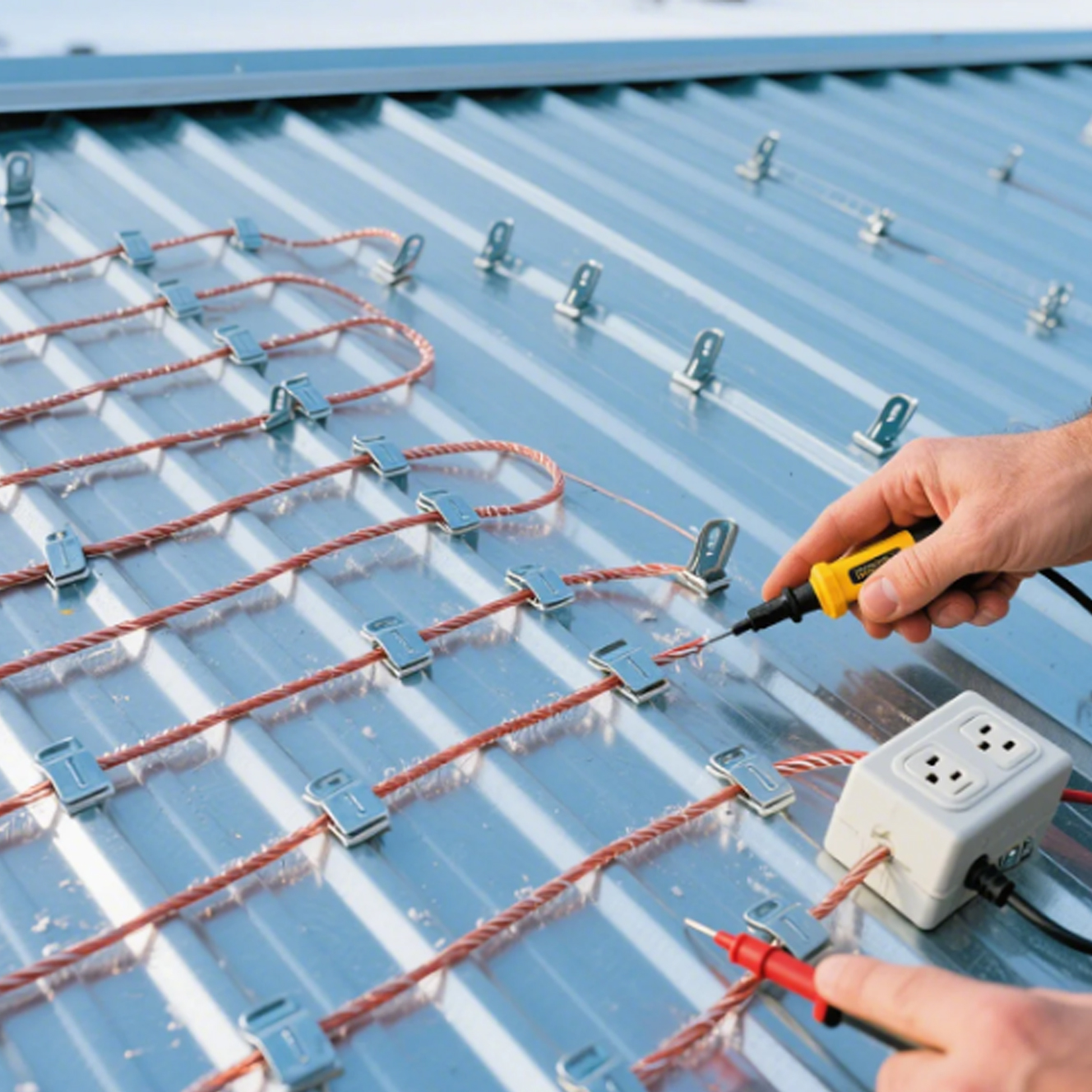
Required materials
Safety precautions before installing roof heating cables
Before you begin the installation, please make sure you have adequate safety gear and follow the following precautions:
Turn off power to the area of the roof you will be working on.
Wear safety glasses and gloves to protect your eyes and hands.
Use a voltage tester to confirm the power is off.
Check the metal roof heat cables for any damage or defects before installation.
Step-by-step installation guide
1. Plan placement
Identify the areas of the roof that require heat cables. This often includes eaves, valleys, gutters and downspouts that are prone to snow and ice accumulation.
2. Install roof clamps or staples
Use roofing clamps or staples to secure heat cables to the metal roof. Space them approximately 12-18 inches apart.
3. Laying heating cables
Unroll the metal roof heat cable and place them on the roof in the desired pattern. Make sure they are securely attached to the clips or staples.
4. Connect the wires
Use electrical tape or connectors to connect the heating cable to the power source. Please follow the manufacturer's instructions for proper connection.
5. Test system
After installing and connecting the metal roof heat cable, turn on the power and use a voltage tester to make sure it is working properly.
6. Cover the cable
Cover metal roof heat cables with roofing material such as shingles or metal sheets to protect them from the elements.
Effective metal roof heat cable installation tips
Use heat trace cables designed specifically for metal roofs.
Carefully follow the metal roof heat cable manufacturer's instructions regarding spacing and installation techniques.
Make sure the metal roof heat cables are securely fastened to the roof to prevent movement or displacement.
Test your system regularly to ensure optimal performance.
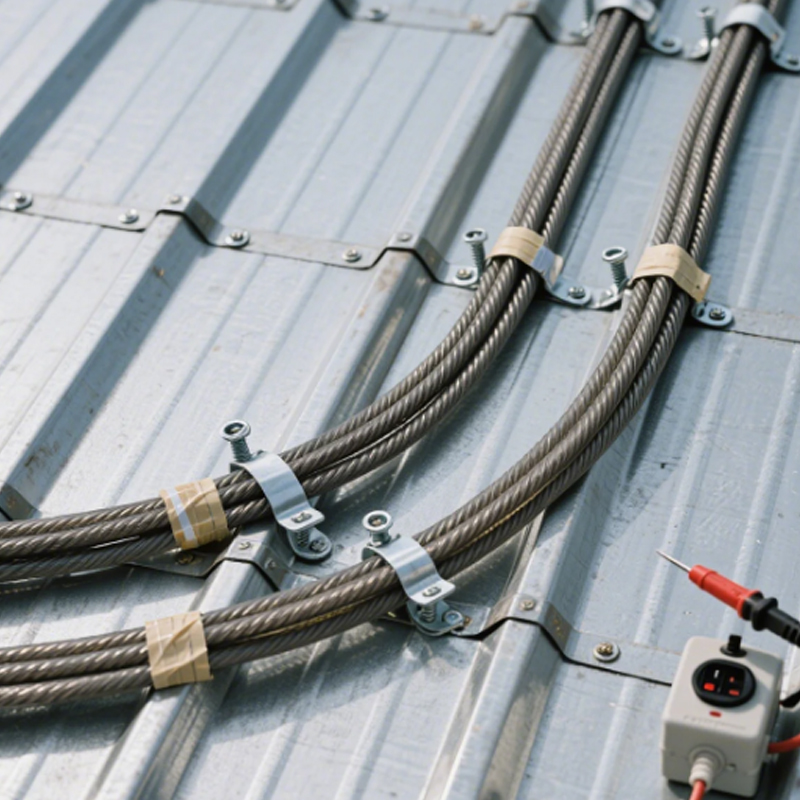
Cost considerations while installing roof heating cables
The cost of installing metal roof heat cable depends on factors such as roof size, type of heating cable used and labor costs.
Using heating cables in extreme conditions
In areas with unusually cold temperatures, consider using self regulating heat trace cable series. These metal roof heat cables automatically adjust heat output based on the surrounding temperature, preventing your roof from overheating or damage. Additionally, constant wattage heat trace cables can be used for consistent heat output in specific applications.
If you don’t know which heating cable to choose to prevent your roof from overheating or damage, you might as well try the electric heat tracing solution offered by Jiahong. As a professional self-adjusting heating cable manufacturer, Wuhu jiahong can provide you with high-quality products and excellent products.
Conclusion
Roof heat cable installation is a proactive solution to preventing snow and ice accumulation, ensuring the safety and integrity of your home. By following these detailed instructions, using quality materials, and adhering to safety precautions, you can effectively protect your metal roof from the harsh winter weather.
Remember, a well-maintained and protected metal roof can increase the value of your home, lower maintenance costs, and give you peace of mind during the winter months. Welcome to contact Wuhu jiahong for detailed ordering information and services!
Popular Search Insights into Electrical Heating Cables




